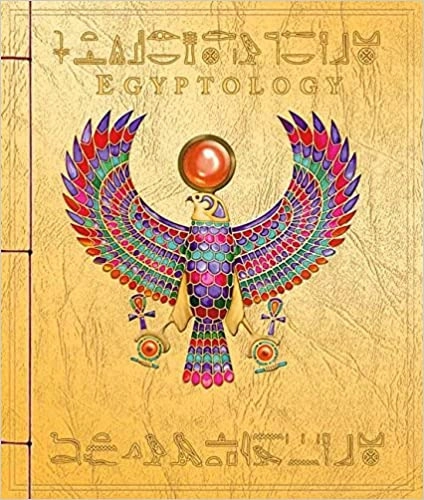Reading Level
What is the reading level of Egyptology: Search for the Tomb of Osiris?
Readers on Amazon consider it readable at 3 - 7 Grade Level.
What is the Lexile Measure of Egyptology: Search for the Tomb of Osiris?
A popular method used by schools to measure a student reader’s ability is Lexile level or a Lexile Measure. The Lexile Level of Egyptology: Search for the Tomb of Osiris is 1180L .
What age is Egyptology: Search for the Tomb of Osiris suitable for ?
Readers of age 6 - 12 years will enjoy Egyptology: Search for the Tomb of Osiris.
- Authors
More about Egyptology: Search for the Tomb of Osiris
32 pages
Pages
Description
Discover the wonders of ancient Egypt through a fascinating journal from a lost expedition — a treasure trove of fact and fantasy featuring a novelty element on every spread.Who can resist the allure of ancient Egypt — and the thrill of uncovering mysteries that have lain hidden for thousands of years? Not the feisty Miss Emily Sands, who in 1926, four years after the discovery of King Tut's tomb, led an expedition up the Nile in search of the tomb of the god Osiris. Alas, Miss Sands and crew soon vanished into the desert, never to be seen again. But luckily, her keen observations live on in the form of a lovingly kept journal, full of drawings, photographs, booklets, foldout maps, postcards, and many other intriguing samples. Here are just a few of Egyptology'sspecial features:— an extravagantly gilded cover, featuring a raised Horus hawk pendant with three encrusted gems— a playable game of Senet — ancient Egyptian checkers — including board, pieces, original-style dice, and rules— a souvenir booklet showing how to read simple hieroglyphs— a scrap of textured "mummy cloth"— a facsimile of the gilded mummy mask of King Tut— a gilded eye-of-Horus amulet with a "jewel" at the endRich with information about life in ancient Egypt and peppered with Miss Sands's lively narration, Egyptology concludes with a letter from the former Keeper of Antiquities at the British Museum, explaining which parts of this unique tale may be accepted as fact, which are guided by legend, and which reflect the author's delightful sense of fancy. Read more
